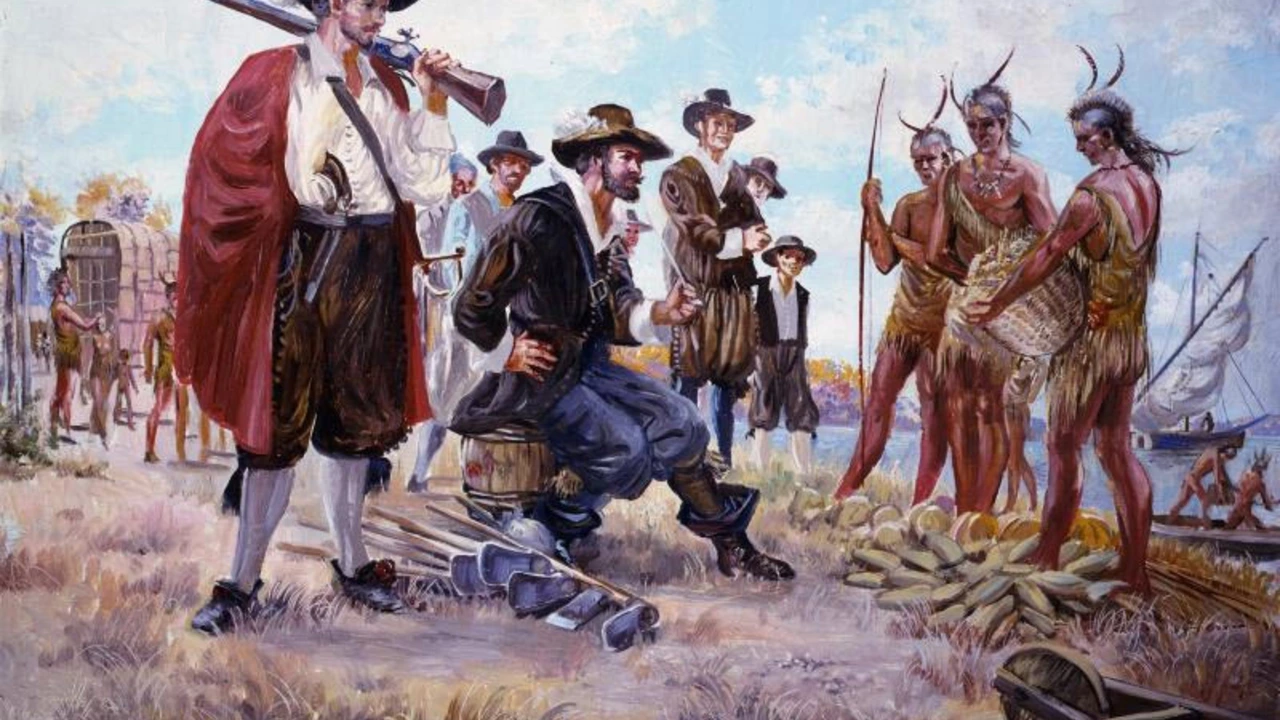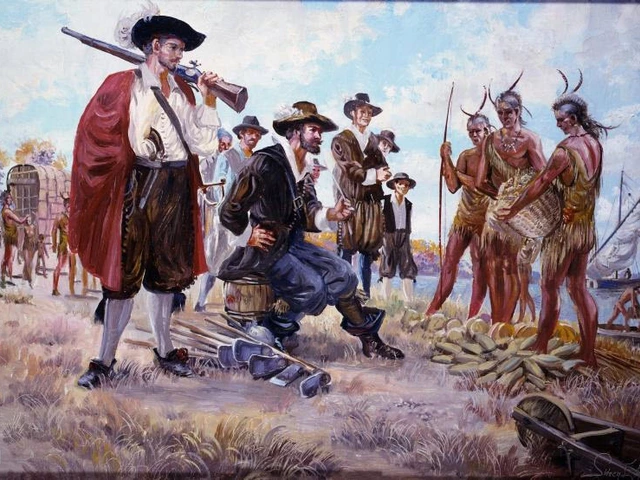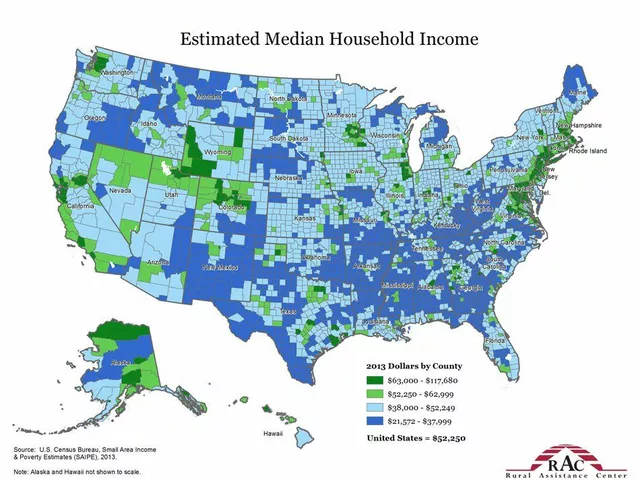Pre-American Inhabitants: A Quick Look at Early Life in the Americas
If you ever wonder who called the Americas home before Columbus set foot there, you’re in the right place. Thousands of years ago, diverse groups roamed, farmed, and built societies that still shape our world today. Let’s break down who they were, what they did, and why their stories matter.
Who Were the Pre-American Inhabitants?
These were the peoples who lived across North, Central, and South America long before European ships arrived. From the Arctic Inuit to the desert-dwelling Anasazi, each group adapted to its environment with clever tools, food strategies, and social rules. They weren’t a single culture—think of a patchwork quilt, each square unique but connected.
Daily Life and Achievements
Most of these societies relied on a mix of hunting, fishing, gathering, and later farming. The Maya, for instance, cultivated corn, beans, and squash in sophisticated terraces. In the Pacific Northwest, coastal tribes built massive canoes to fish salmon and trade along the coast. They also created impressive architecture—look at the stone circles of Cahokia or the cliff dwellings at Mesa Verde. Their art, pottery, and written symbols tell us they understood astronomy, mathematics, and medicine far better than many think.
Trade routes stretched for thousands of miles. A shell from the Pacific could end up in the Mississippian heartland, showing how connected these groups were. This exchange wasn’t just goods—it spread ideas about farming techniques, religious beliefs, and even political organization.
Social structures varied a lot. Some groups lived in loosely organized bands, while others formed complex chiefdoms with rulers, priests, and elaborate ceremonies. The Inca Empire, for example, managed an extensive road network that linked mountain villages to coastal ports, making it one of the most organized pre-Columbian societies.
What’s amazing is how resilient they were. When climate shifted, they moved crops, built irrigation canals, or altered settlement patterns. Their ability to adapt kept them thriving for millennia.
Today, many modern Indigenous peoples trace their roots back to these ancient cultures. Their languages, traditions, and knowledge of the land survive, reminding us that the pre-American story isn’t just history—it’s a living legacy.
So next time you hear “pre-American inhabitants,” picture a vibrant mosaic of peoples who mastered the land long before any European ship ever appeared on the horizon. Their innovations, art, and resilience still echo in the forests, deserts, and cities of the Americas today.





